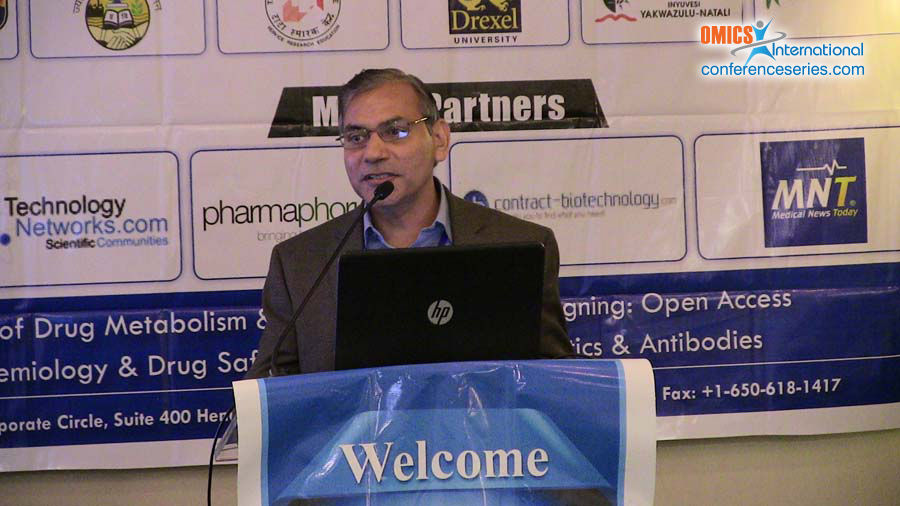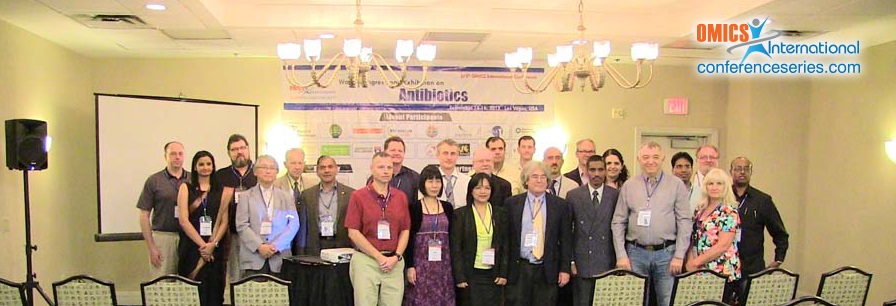
Suresh G. Joshi
Drexel University College of Medicine, USA
Title: Nonthermal Plasma-Treated solutions as Antimicrobial Agents in Control of Multi-Drug Resistant Pathogens
Biography
Biography: Suresh G. Joshi
Abstract
Multi-drug resistance in bacterial pathogens (MDRO) is a significant challenge that healthcare facilities faces globally. Surface-associated biofilms often act as reservior of MDRO and a source of dissemination of resistance. MDRO in biofilm form requires much higher doses of antimicrobial biocides than their planktonic counterpart. Such doses are often cytotoxic, and can not be repeatedly used. Additionally, an increase in resistant phenotypes due to spontaneous mutations challenges traditional antibiotics and other antimicrobial agents. Nonthermal plasma treatments are increasingly used in disinfection and sterilization, in different forms of applications, such as direct plasma application over the surface or first treating the liquid of interest, and then applying it over surface (animate or inanimate). Aqueous solutions treated by plasma at atmosphere air contains a complex cocktail of reactive species such as hydrogen peroxide, superoxide, nitric oxide, nitrogen dioxide, nitrite and nitrate, and typically have a low pH (which helps in stabilizing some of these species). All these species are physiologically reactive and known to kill bacteria in suspension by exerting a synergistic antimicrobial effect. Recently, we demonstrated that nonthermal plasma (plasma) -treated solutions acquire strong stable antimicrobial activity, and these solutions have a rapid and broad spectrum activity against multidrug resistant bacterial pathogens. This activity is retained for at least two years at room temperature, and the solution(s) exhibit appreciable toxicity. The proposed research presents the understanding of the mechanisms underlying the bactericidal effect of one of the plasma-activated antimicrobial solution, using E. coli’s physiological responses as the probe


